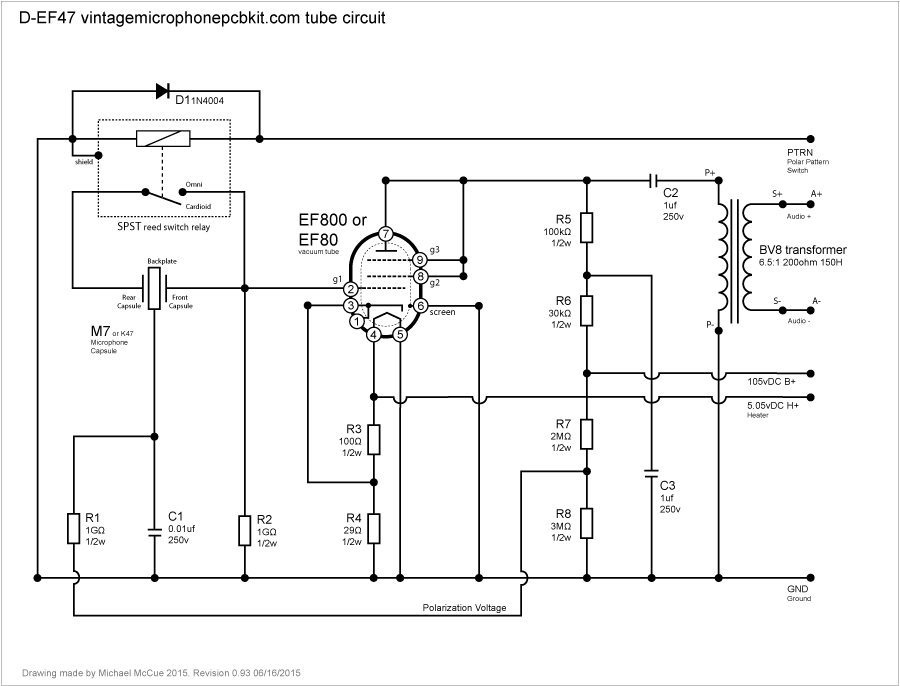trans4funks1
Well-known member
- Joined
- Feb 4, 2013
- Messages
- 328
Hi Dan,
I've been fascinated with the use of relays for onboard switching. I was studying your schematic and I went ahead and drew a version up that seemed more like a traditional schematic rather than a board layout document.
I'd be happy to send you a pdf that you can share with everyone, but I'm not sure that the diode near the reed switch is placed correctly and I would appreciate it if someone else can check for errors etc.
Can you explain where I should put the diode?
Thank You.

I've been fascinated with the use of relays for onboard switching. I was studying your schematic and I went ahead and drew a version up that seemed more like a traditional schematic rather than a board layout document.
I'd be happy to send you a pdf that you can share with everyone, but I'm not sure that the diode near the reed switch is placed correctly and I would appreciate it if someone else can check for errors etc.
Can you explain where I should put the diode?
Thank You.



































